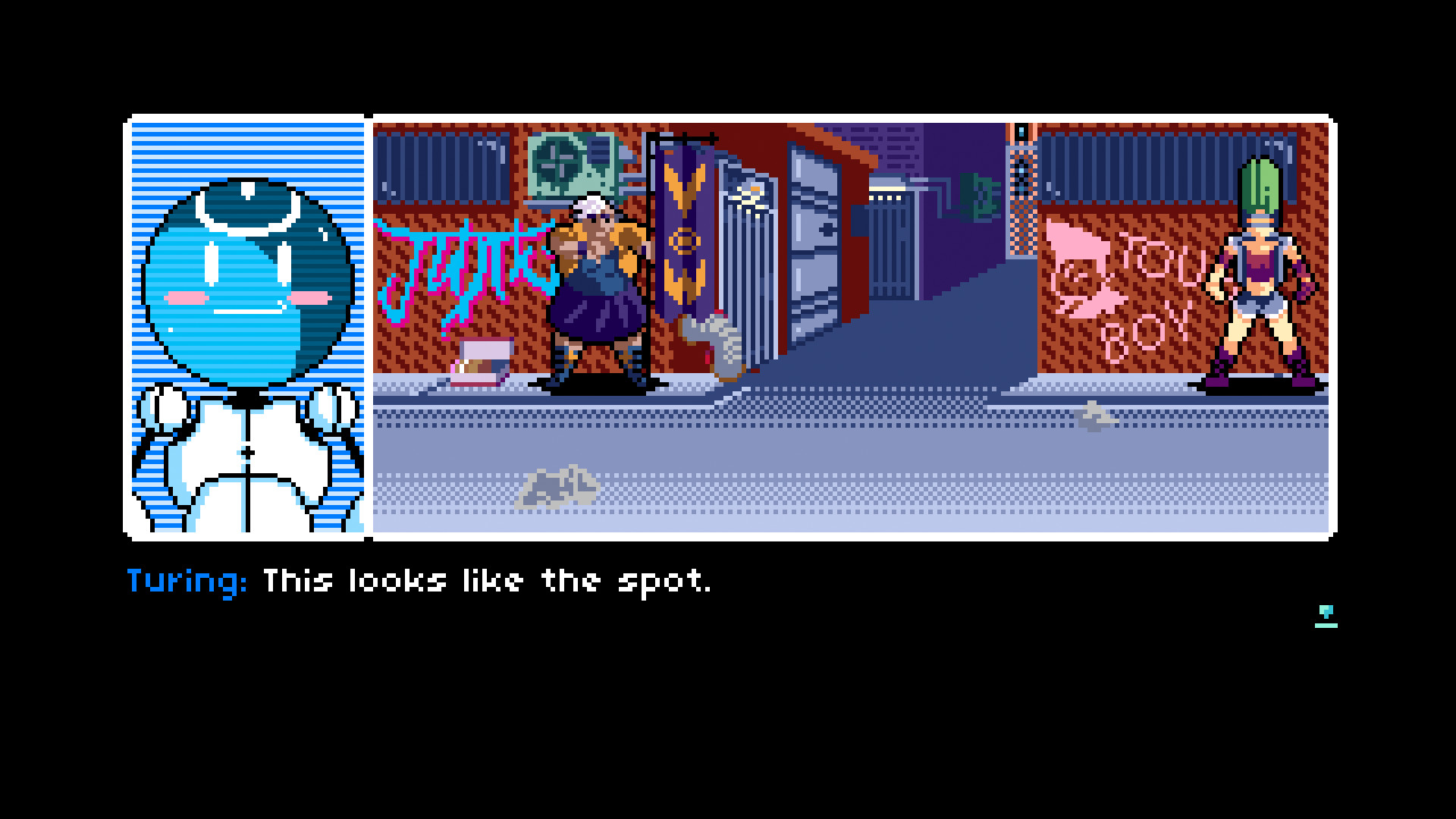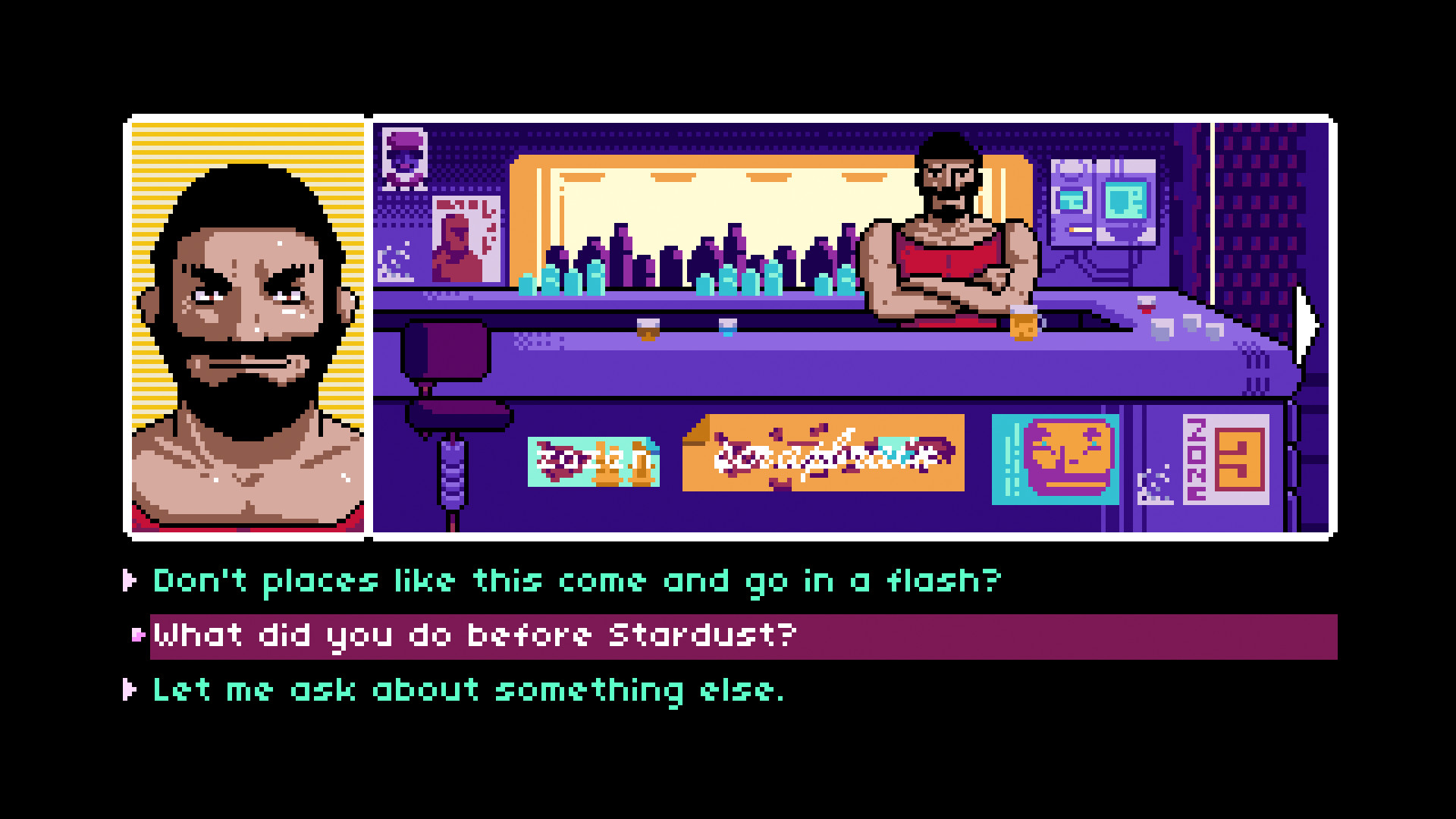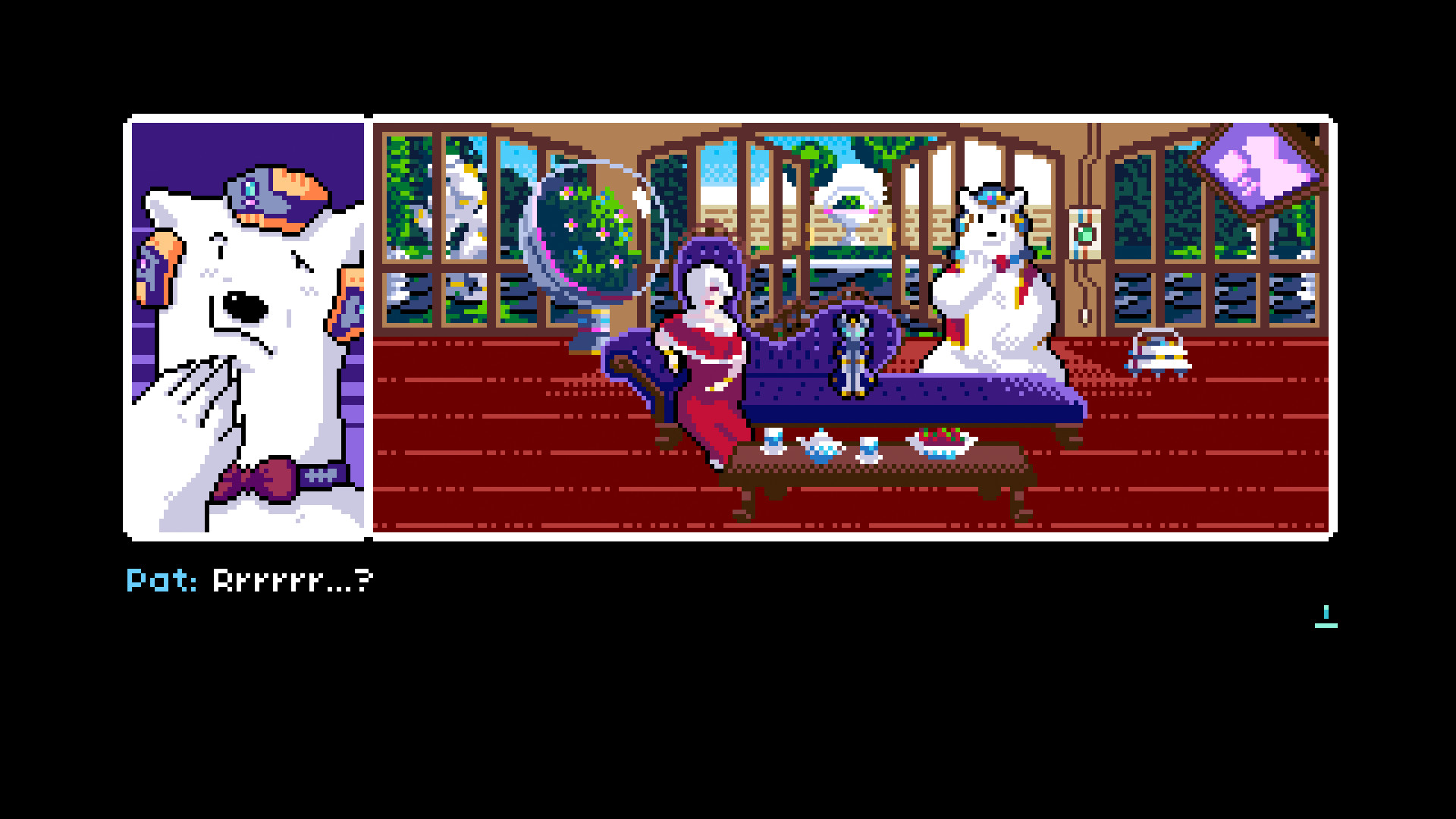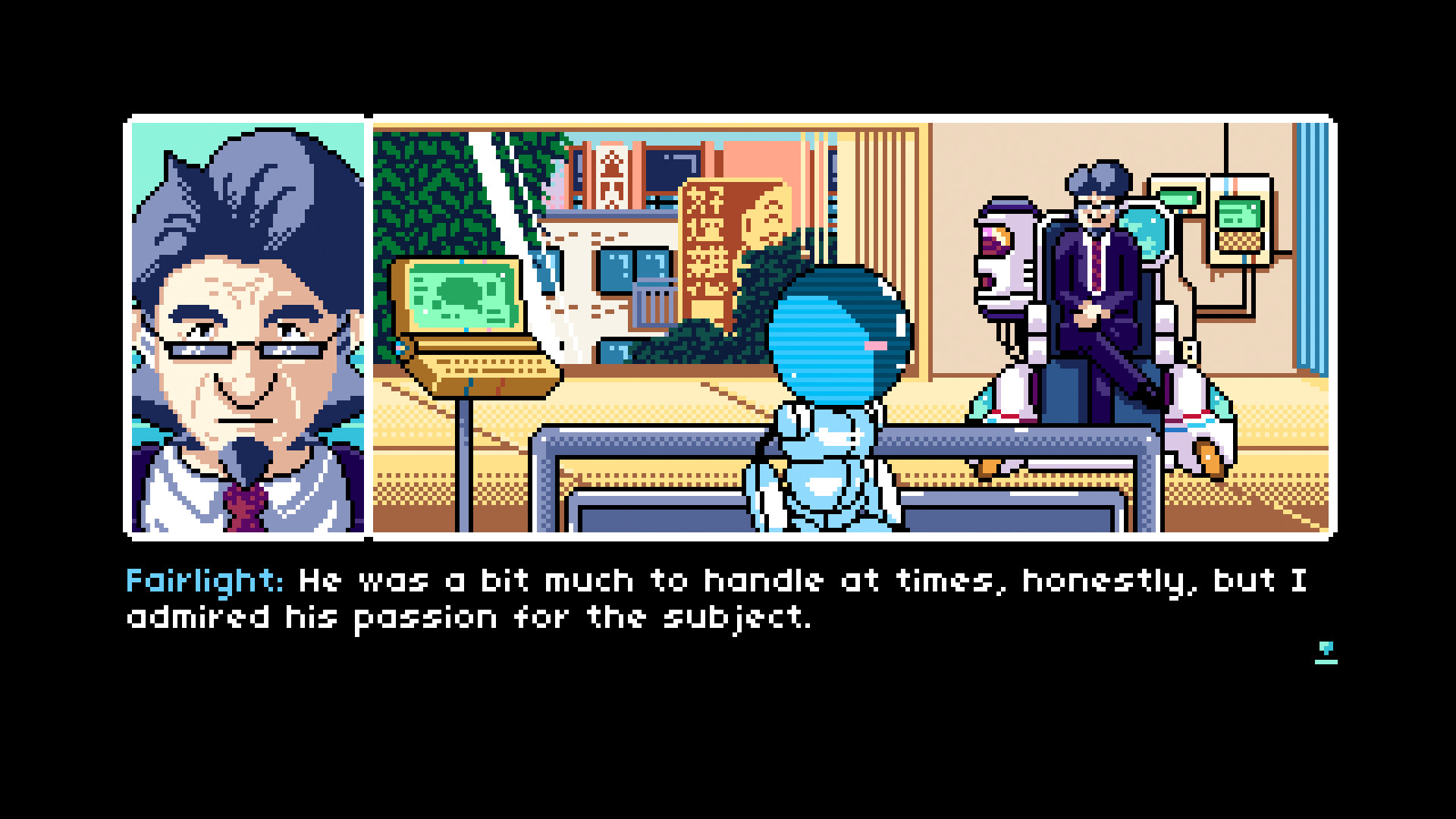Read Only Memories is one of those games that honestly surprised me, and not for the reasons that people may be expecting. It arrived on Kickstarter in late 2013 and positioned itself right out of the gate as something akin to Snatcher. For the unaware, Snatcher is a cult classic adventure game directed by Hideo Kojima which only ever saw U.S. release on the Sega CD. As such, very few of its diehard English-speaking fans have ever played a copy legitimately, but even so, it is a title with a lot of clout. As someone not particularly susceptible to “hype,” I found the connection unwarranted.
Yes, the screenshots looked great, but those could not fully convey how the eventual game would play out. Not only that, but MidBoss Games was the video game development label arm of the people behind GaymerX. Could folks who made a pretty awesome LGBTQA convention also dip into gaming and come out with something which was both fun and didn’t appear entirely rushed? I’ll admit, I didn’t have a ton of faith — which is why I ended up not backing the Kickstarter despite feeling a strong urge to do so. Luckily, thousands of other people did, which resulted in its successful funding.
Having finally played it, I am superbly glad to report that my expectations were exceeded in most every regard. Read Only Memories takes place in Neo-San Francisco in the year 2064. You start out as a freelance journalist scraping by on consumer product reviews. Everything is as dull as ever until a strange blue robot (known in the game world as a ROM) breaks into your apartment one night. The ROM, named Turing, reveals that your old friend has disappeared — and that Turing themself was created by said friend. Unlike other ROMs, Turing behaves far more like a human than machine, which creates a tremendously enjoyable partner who will stick by you throughout the experience.
As players explore Neo-San Francisco they’ll run into a variety of colorful characters. There aren’t actually a ton of places to explore (as the map appears to have room for) but new areas are unlocked at a fast enough pace to keep things interesting. Read Only Memories itself plays out much like traditional 2D point and click adventures. In this world you’re going to want to look at every single highlightable object, talk to every person, and of course pick up anything the game allows you to put your mitts on. Unlike classic point and click adventures, there are very few puzzles which could be considered nonsensical. In fact, there may be only one instance where most players are likely to test out multiple inventory items before coming to the correct, unexpected conclusion.
There’s nothing at all wrong with “easy” adventure games. In fact, I find it refreshing when developers are willing to go against expectations of the genre with something that isn’t really about puzzling through solutions. Really, the aim of Read Only Memories is to tell its story through a pixelated, adventure game format. It achieves its aims well, all without expecting players to be hardcore gamers willing to test out every item in their inventory on every screen to solve some confusing thing. Heck, almost anytime there’s a puzzle on a screen, the required object is found on the same one! In another player-friendly move, the map almost always contains a marker for where to go next so you can never get lost wondering where to go next.
From both a visual and audio perspective, Read Only Memories is a home run. It absolutely looks the part of a retro adventure game (and earns its Snatcher cred) without much of the hassle. Character portraits are crisp and lively and backdrops are all unique and Neo-San Francisco-y. The soundtrack is absolutely a dream, with songs poised to tug on all sorts of emotional responses from the player. As of right now, I’m considering a purchase of the soundtrack. Here’s a link to composer 2Mello’s page where you can sample a variety of game tracks. Combined, they create an atmosphere which is far beyond my expectations for a new developer.
The one aspect where I feel Read Only Memories did not reach my expectations was in regards to representation of a future where people of all races, genders (or lack genders), religions, and more, could exist as one cohesive futuristic whole. While there is a lot of diversity among the cast, the “main” story figures still appear as primarily white, able-bodied, and thin. Others throughout the tale squash these confines in wonderful ways, but it’s surprising that these supporting characters were mostly cast aside when the game reaches its climax. On the other hand, I supremely appreciated that the very start of the game grants players freedom to select their pronouns or designate custom ones. A small touch like this is one I hope to see come to other titles which allow for custom characters.
With all that said, my time with Read Only Memories was a primarily enjoyable five or so hours. Near the end, a late game puzzle frustrated me, but hopefully others find it far less cumbersome. Those expecting a challenging retro-inspired point and click adventure will not find that. Instead, they will find the essence of a classic genre title distilled into a much simpler, but honestly more enjoyable, experience for modern gaming sensibilities. They will also find a rich world filled with nuance, silly segues, and characterizations which are opposed to basically any other game out there today. Meeting characters who do not affiliate themselves with any gender, interacting with gay couples, and more are things which should not be a rarity in the gaming medium. But since they unfortunately are, this experience felt all the more special in its steps to be inclusive.
In total, though, the experience was very much worth having. MidBoss Games have shown themselves to be a capable team of highly talented individuals and hopefully this game is the first of many for them. Considering the generally positive reception Read Only Memories has received so far, I definitely expect to see something new in the works.







